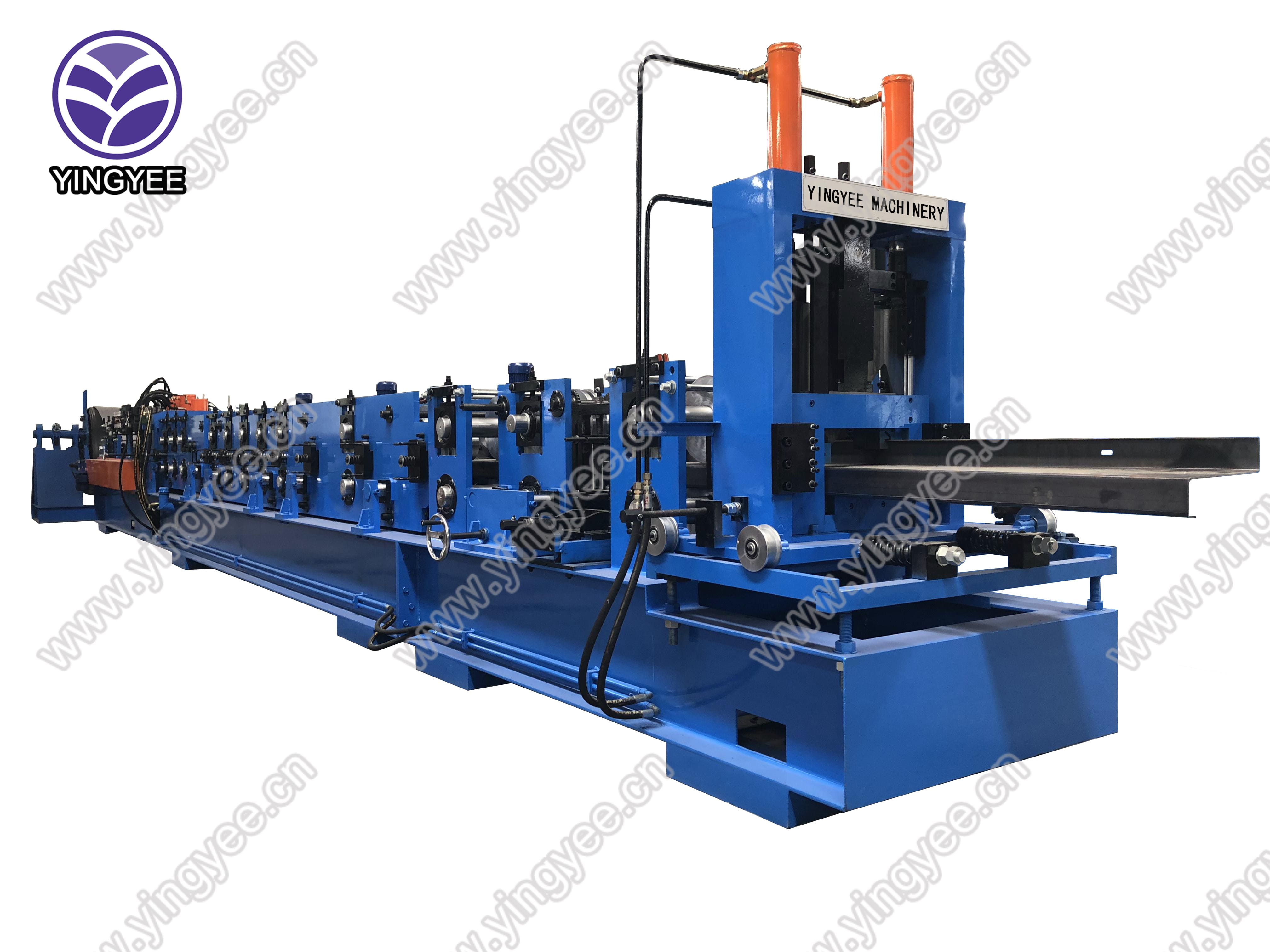
The Evolution of t-Bar and t-Grid Making Roll Forming Machines
In the modern construction and manufacturing sector, the need for efficient and precise machinery has never been more pronounced. One such advance is the development of t-bar and t-grid making roll forming machines. These specialized machines have revolutionized the production process of framing systems, notably in the ceiling and partition systems of buildings. In this article, we will explore the significance of t-bar and t-grid roll forming machines, their construction, benefits, and applications.
Understanding t-Bars and t-Grids
Before we delve into the machinery itself, it is essential to understand what t-bars and t-grids are. T-bars, commonly used in suspended ceiling systems, consist of a lightweight metal framework designed to hold ceiling tiles securely in place. T-grids, on the other hand, serve a similar purpose but are more complex, often integrating additional features for enhanced structural support and aesthetics.
Both products are critical for the effective management of building interiors, contributing to acoustics, thermal insulation, and overall design. Consequently, the demand for precise and high-quality production has led to the innovation of specialized roll forming machines.
The Role of Roll Forming Machines
Roll forming is a continuous bending manufacturing process that produces long shapes with uniform cross-sections. The process involves passing a metal strip through a series of rollers, each progressively shaping the material into the desired profile. The design of roll forming machines has evolved significantly, allowing for faster production rates and greater precision.
A t-bar and t-grid making roll forming machine is specifically engineered to create these profiles with minimal waste and high accuracy. By utilizing advanced technology, these machines can handle diverse metals, including galvanized steel and aluminum, catering to a variety of industry needs.
Key Features of t-Bar and t-Grid Making Machines
1. Precision Engineering The most significant advantage of modern roll forming machines is the precision with which they can mold materials. In applications like t-bars and t-grids, even slight deviations can lead to structural weaknesses or aesthetic imperfections. Advanced CNC controls ensure that the machine operates with utmost accuracy, minimizing errors.
2. Versatile Design With the ability to adapt to various metal thicknesses and widths, these machines are designed to accommodate different production requirements. This versatility allows manufacturers to create customized solutions, catering to specific project needs without significant downtime or changeover costs.

3. High Production Speed The efficiency of roll forming machines allows for rapid production cycles, which is crucial in today’s fast-paced construction environment. High output rates enable manufacturers to meet substantial project demands without compromising quality.
4. Durability and Reliability Constructed from robust materials, t-bar and t-grid making machines are built to withstand the rigors of industrial operations. With proper maintenance, they guarantee long service life, providing manufacturers with reliable equipment for years.
Benefits of t-Bar and t-Grid Making Machines
1. Cost-Effective Production By optimizing material usage and minimizing waste, these machines contribute to lower production costs. The ability to produce high volumes efficiently directly affects the bottom line favorably.
2. Enhanced Quality Control Automated processes allow for better quality management throughout the production cycle. Consistent monitoring contributes to the reliability of the finished products, ensuring that they meet industry standards and specifications.
3. Sustainability With the increasing emphasis on sustainable manufacturing, roll forming machines can significantly reduce material waste. The efficient use of metals aligns with eco-friendly practices, an important consideration in modern manufacturing.
Applications in the Industry
T-bar and t-grid making roll forming machines find extensive applications in construction, particularly in commercial and residential buildings. Architects and designers rely on these products for creating aesthetically pleasing and functional ceiling systems. Additionally, as demands evolve, these machines are also being utilized in other sectors such as automotive and furniture manufacturing.
Conclusion
The advent of t-bar and t-grid making roll forming machines signifies a leap forward in manufacturing technology. Their precision, versatility, and efficiency not only cater to the immediate needs of the construction industry but also align with broader trends towards sustainability and cost-effectiveness. As technology continues to advance, the capabilities of these machines are set to expand further, promising even more innovative solutions for manufacturers and consumers alike.